Hi there, pet lovers! 🐠
Clownfish (Amphiprioninae) are among the most recognizable and beloved saltwater fish in the world. Known for their vibrant orange and white stripes and made famous by popular media, these small but captivating marine creatures are a favorite for aquarists of all levels. With their fascinating behavior, symbiotic relationship with sea anemones, and hardy nature, clownfish can be an excellent addition to a home aquarium.
In this comprehensive review, we’ll cover everything you need to know about clownfish — from their personality and care needs to their cost and availability. Whether you’re new to marine aquariums or a seasoned aquarist, this guide will help you decide if the clownfish is the right pet for you.
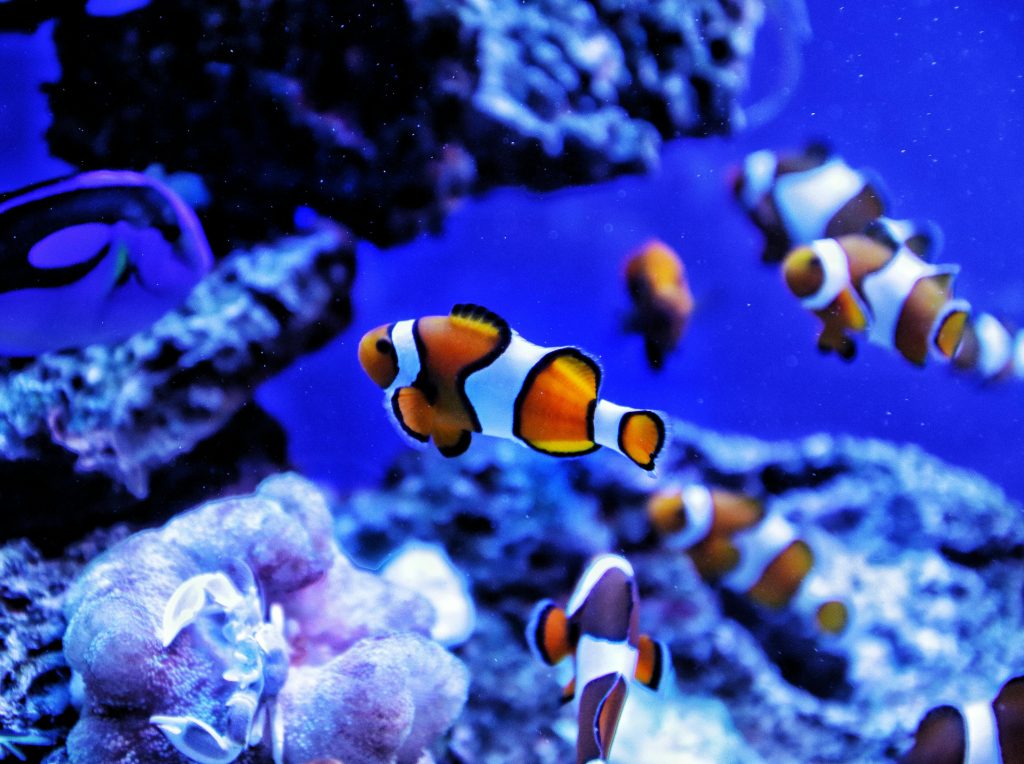
Overview
Clownfish are small, brightly colored marine fish found in the warm waters of the Pacific and Indian Oceans, including the Great Barrier Reef. They are best known for their unique symbiotic relationship with sea anemones, where they live among the tentacles for protection. Clownfish are hardy, adaptable, and relatively easy to keep compared to other saltwater species.
Here’s a quick summary of what makes them stand out:
- Handling and Temperament: Active, social, and generally peaceful with tank mates.
- Care and Maintenance: Moderate care requirements; need a stable saltwater environment.
- Health and Durability: Hardy when water parameters are stable but sensitive to sudden changes.
- Availability: Commonly available in pet stores and through breeders.
- Cost: Affordable, though marine tank setup can be costly.
- Overall: A colorful, entertaining, and resilient fish that’s perfect for both beginners and experienced aquarists.
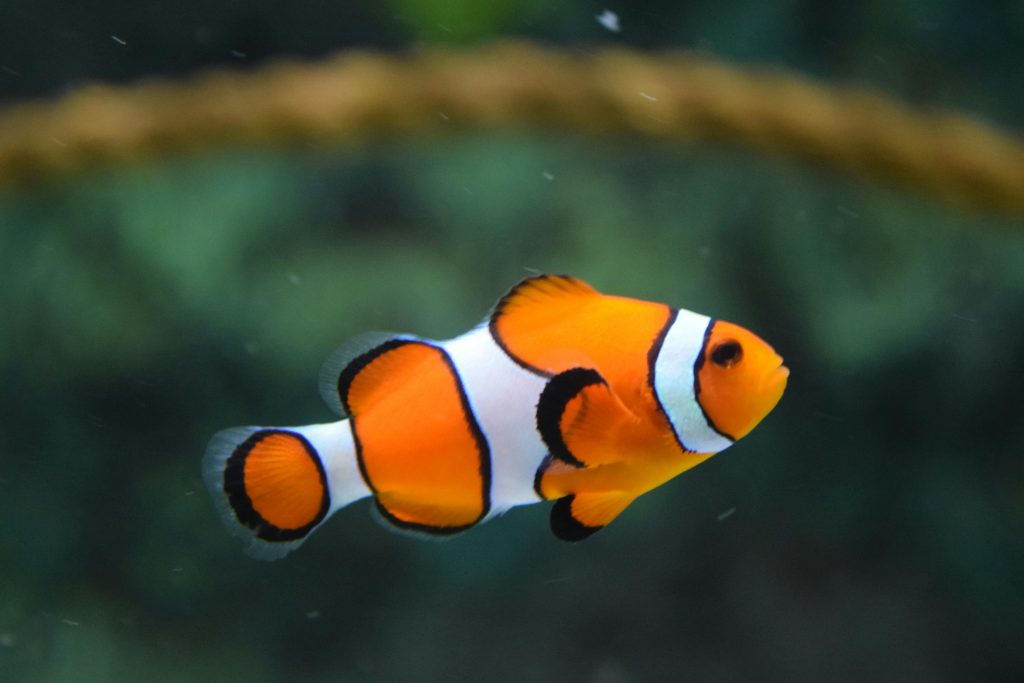
Why Choose a Clownfish?
Clownfish are popular because they bring life and personality to any marine tank. They are highly interactive, often swimming to the front of the aquarium to greet their keepers. Their small size (averaging 3–4 inches, though some species can grow up to 7 inches) makes them manageable for medium-sized tanks, and their bright colors provide a striking centerpiece.
Clownfish also live longer than many freshwater fish. With proper care, they can survive 6–10 years in captivity, and in the wild, some are known to live over 15 years. Their hardiness and adaptability make them one of the best starter fish for marine aquariums.
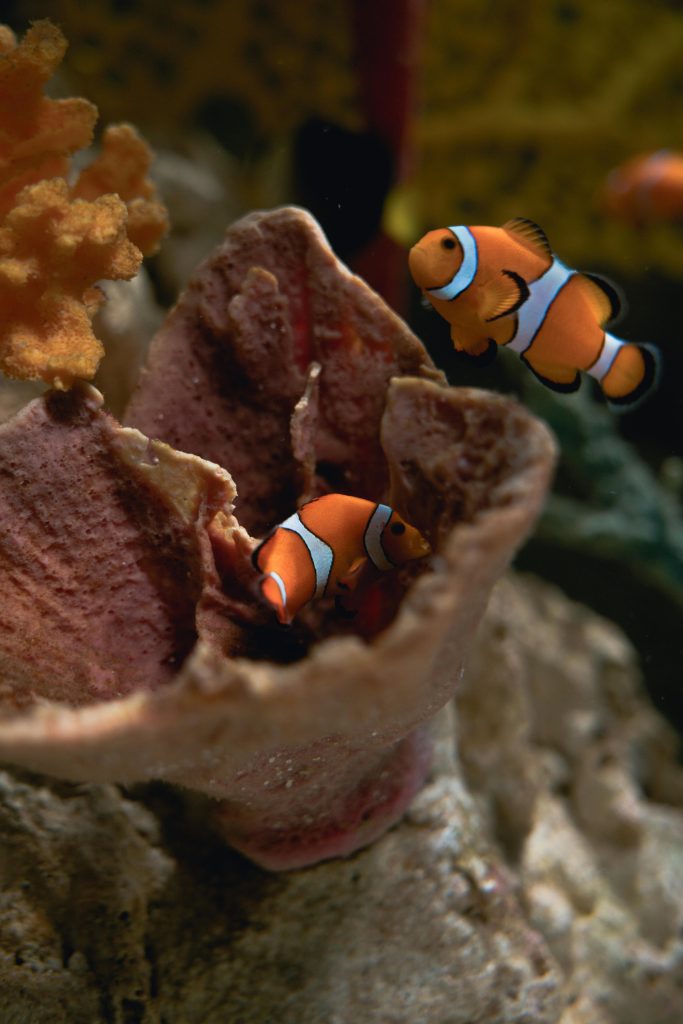
Handling and Temperament
Clownfish are not handled physically like reptiles or small mammals, but they have unique temperaments that are enjoyable to observe. They are generally peaceful, though they can become territorial, especially when paired or hosting an anemone.
Behavior Traits
- Active Swimmers: Clownfish are usually found swimming near their chosen territory, often near rocks or corals.
- Pair Bonding: Clownfish often form strong bonds with a mate. Once paired, they remain together for life.
- Hierarchy: They live in a dominance system. The largest, most dominant fish becomes female, while smaller ones remain male.
- Hosting: While wild clownfish always live in anemones, in captivity they may host corals, rocks, or even aquarium decorations.
Compatibility With Tank Mates
- Generally peaceful and compatible with other non-aggressive fish species.
- May show aggression toward similar-looking clownfish if not introduced properly.
- Best kept as a pair, though larger tanks can support multiple pairs with enough space.
Their curious and bold personalities make them fun to watch, and their tendency to “dance” in the water adds unique charm to any tank.
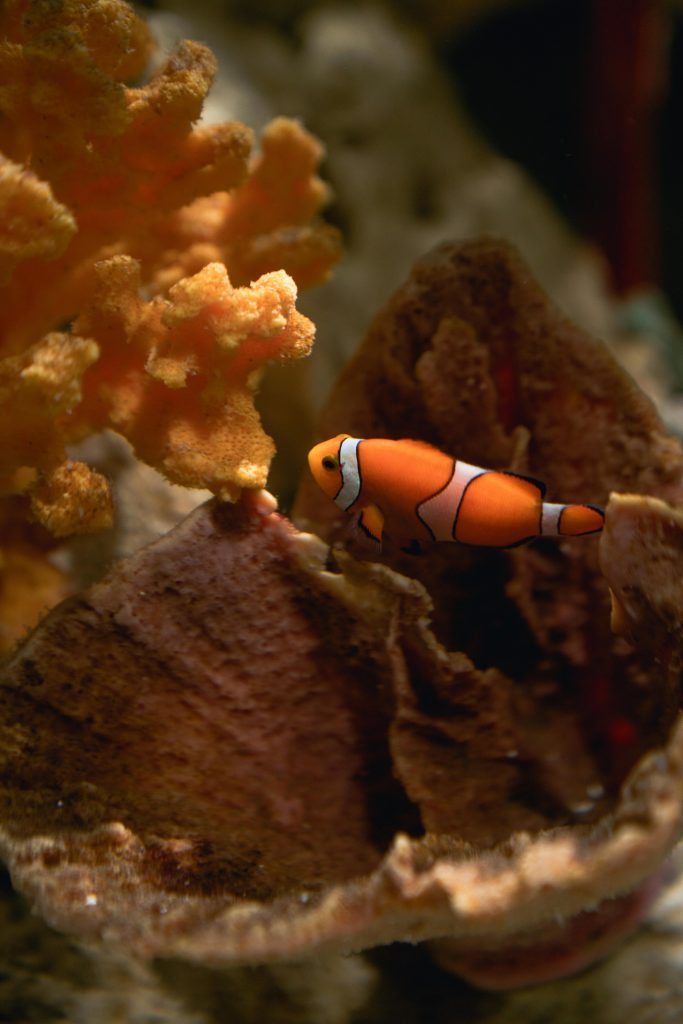
Care and Maintenance
Clownfish are relatively hardy compared to other marine species, but they still require specific water conditions and consistent care.
Tank Requirements
- Minimum Tank Size: 20 gallons for a pair of clownfish. Larger tanks are recommended if adding other species.
- Environment: A saltwater setup with live rock, hiding places, and moderate water flow.
- Substrate: Sand or fine gravel works well, often paired with live rock for biological filtration.
- Anemones: While not required, hosting anemones can enrich the clownfish’s natural behavior. However, anemones require advanced care and strong lighting.
Water Parameters
- Temperature: 74–78°F (23–25°C)
- Salinity: 1.020–1.026 specific gravity
- pH Level: 8.1–8.4
- Ammonia, Nitrite: 0 ppm (very toxic to clownfish)
- Nitrate: Below 20 ppm
Maintaining stable water parameters is crucial, as clownfish are sensitive to fluctuations.
Feeding
Clownfish are omnivores and easy to feed.
- Staple Diet: High-quality marine pellets or flakes.
- Variety Foods: Frozen or live brine shrimp, mysis shrimp, and finely chopped seafood.
- Feeding Frequency: Once or twice daily in small amounts.
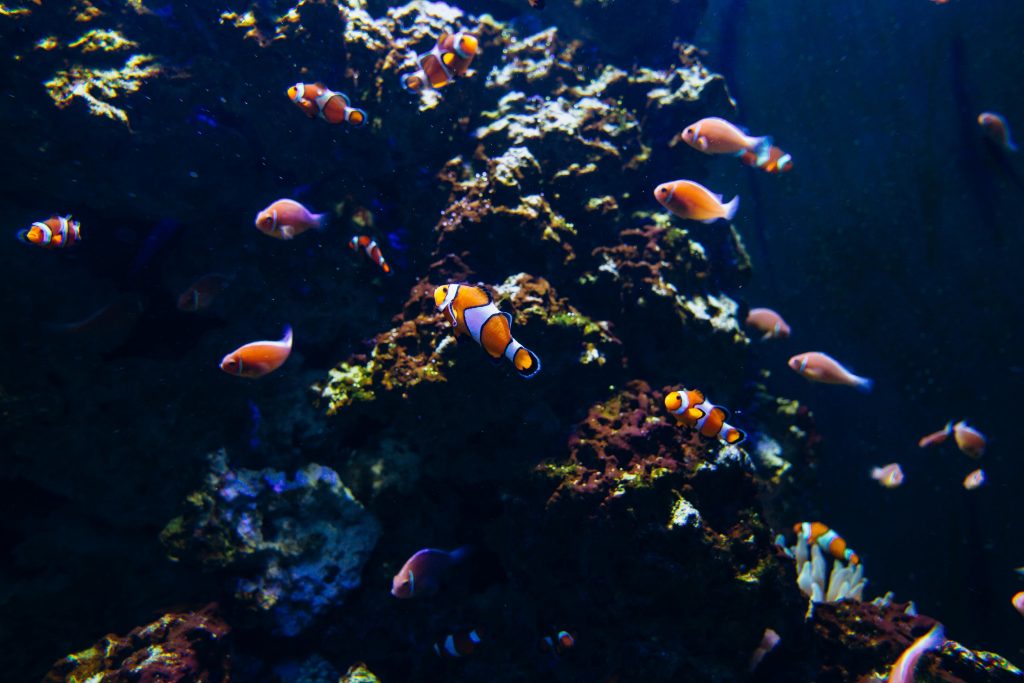
Health and Durability
Clownfish are hardy when kept in stable conditions, but poor water quality can quickly affect their health.
Common Health Issues
- Marine Ich (Cryptocaryon irritans): A parasitic infection that causes white spots.
- Brooklynella (Clownfish Disease): A protozoan infection common in wild-caught clownfish. Causes rapid breathing and excess mucus.
- Fin Rot: Caused by poor water quality or stress.
Preventative Care
- Quarantine new fish before introducing them to the main tank.
- Perform weekly water tests and 10–20% water changes.
- Maintain a stress-free environment with stable water conditions.
- Feed a balanced diet to support immunity.
With proper care, clownfish are among the most durable marine fish and can thrive for many years.
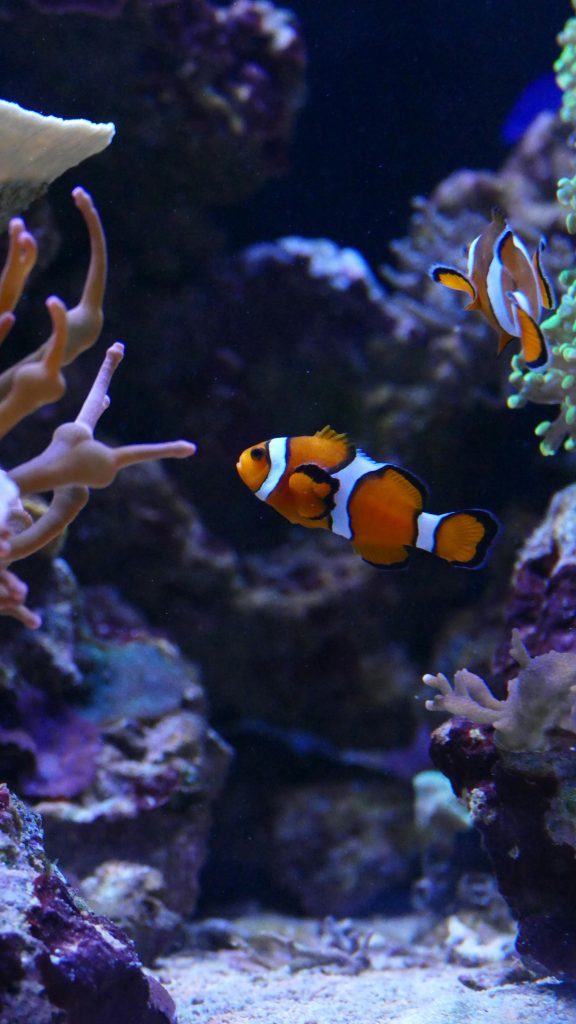
Availability and Cost
Clownfish are among the most accessible saltwater fish in the aquarium trade. Many are now captive-bred, reducing pressure on wild populations and improving overall hardiness.
Where to Buy
- Local Pet Stores: Most carry at least one clownfish species, often the common Ocellaris.
- Breeders & Online Retailers: Offer a wide range of captive-bred clownfish, including rare morphs.
- Reef Expos: A good place to see a variety of species and morphs.
Cost
- Standard Clownfish (Ocellaris, Percula): $15–$30 each.
- Designer Morphs (Snowflake, Picasso, Black Ice, etc.): $50–$200.
- Tank Setup: $200–$500 for a basic saltwater aquarium with proper filtration, lighting, and equipment.
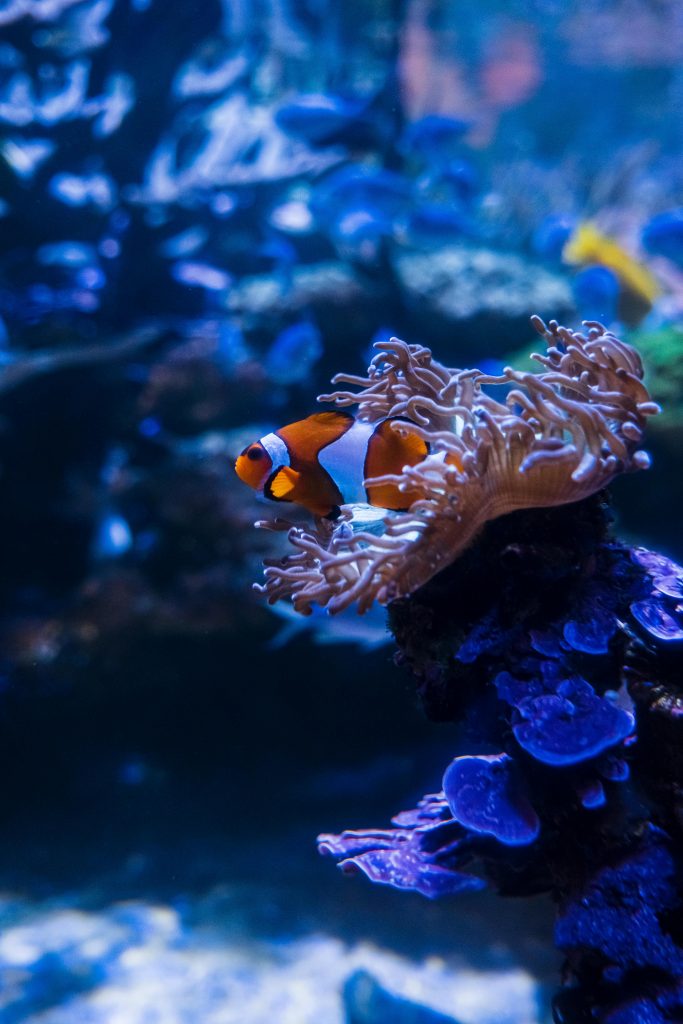
Pros and Cons
Pros
- Hardy and adaptable compared to other saltwater fish.
- Affordable and widely available.
- Beautiful colors and engaging personalities.
- Can live for many years with proper care.
- Captive-bred options reduce environmental impact.
Cons
- Require a saltwater setup, which is more expensive than freshwater tanks.
- Sensitive to water quality fluctuations.
- May show territorial behavior.
- Hosting anemones requires advanced care.
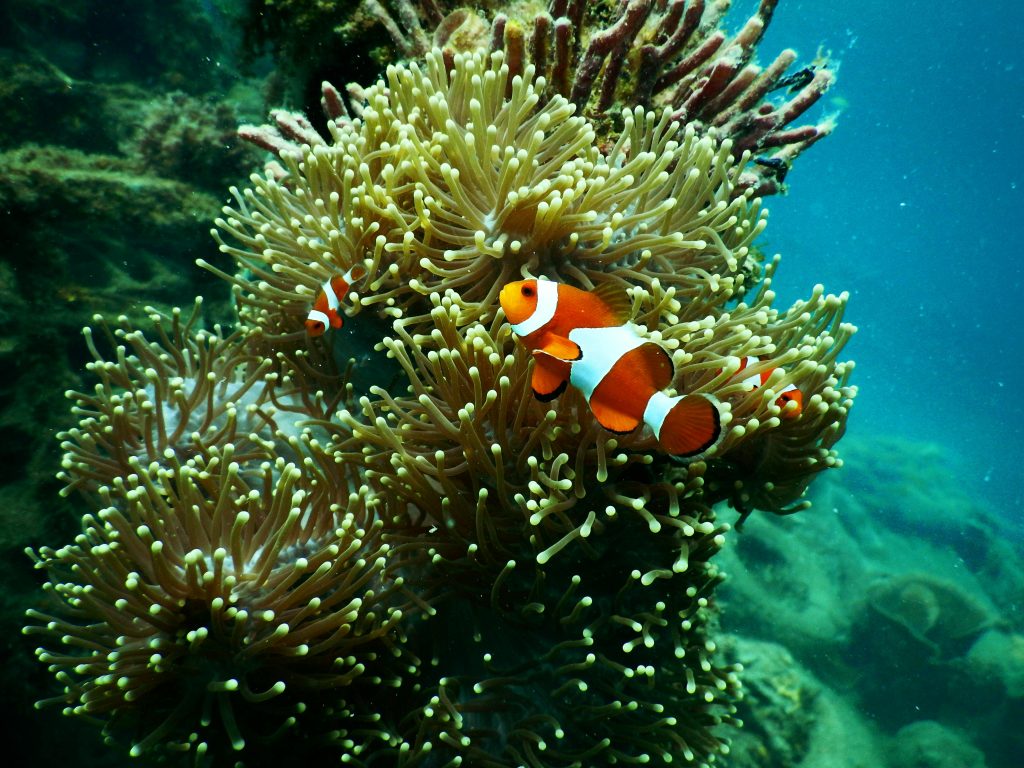
Final Thoughts
Clownfish are an excellent choice for aquarists who want a colorful, lively, and relatively hardy marine fish. Their interactive behavior, long lifespan, and availability make them a rewarding pet for both beginners and advanced keepers. While their care requires investment in a proper saltwater setup and consistent maintenance, the beauty and personality they bring to an aquarium more than justify the effort.
For anyone looking to start a saltwater aquarium, clownfish are often the perfect first step into the marine world. Their adaptability, charm, and iconic appearance ensure they remain one of the most beloved pet fish worldwide.
Have you kept clownfish before? Share your experiences and tips in the comments below! We’d love to hear what makes your clownfish special and how you’ve cared for them.
For more fish care tips and detailed pet reviews, stay tuned to our blog and don’t forget to subscribe to our newsletter! 🐠
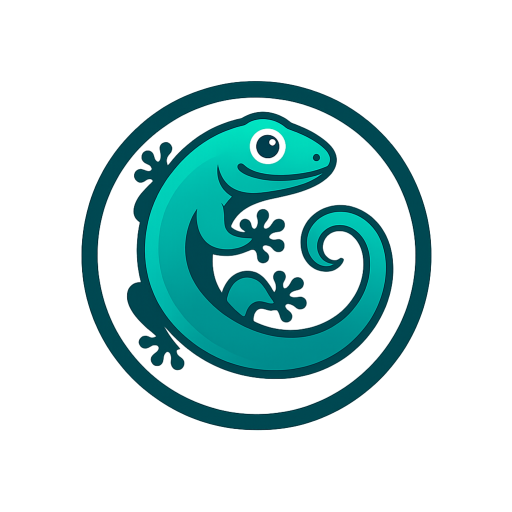
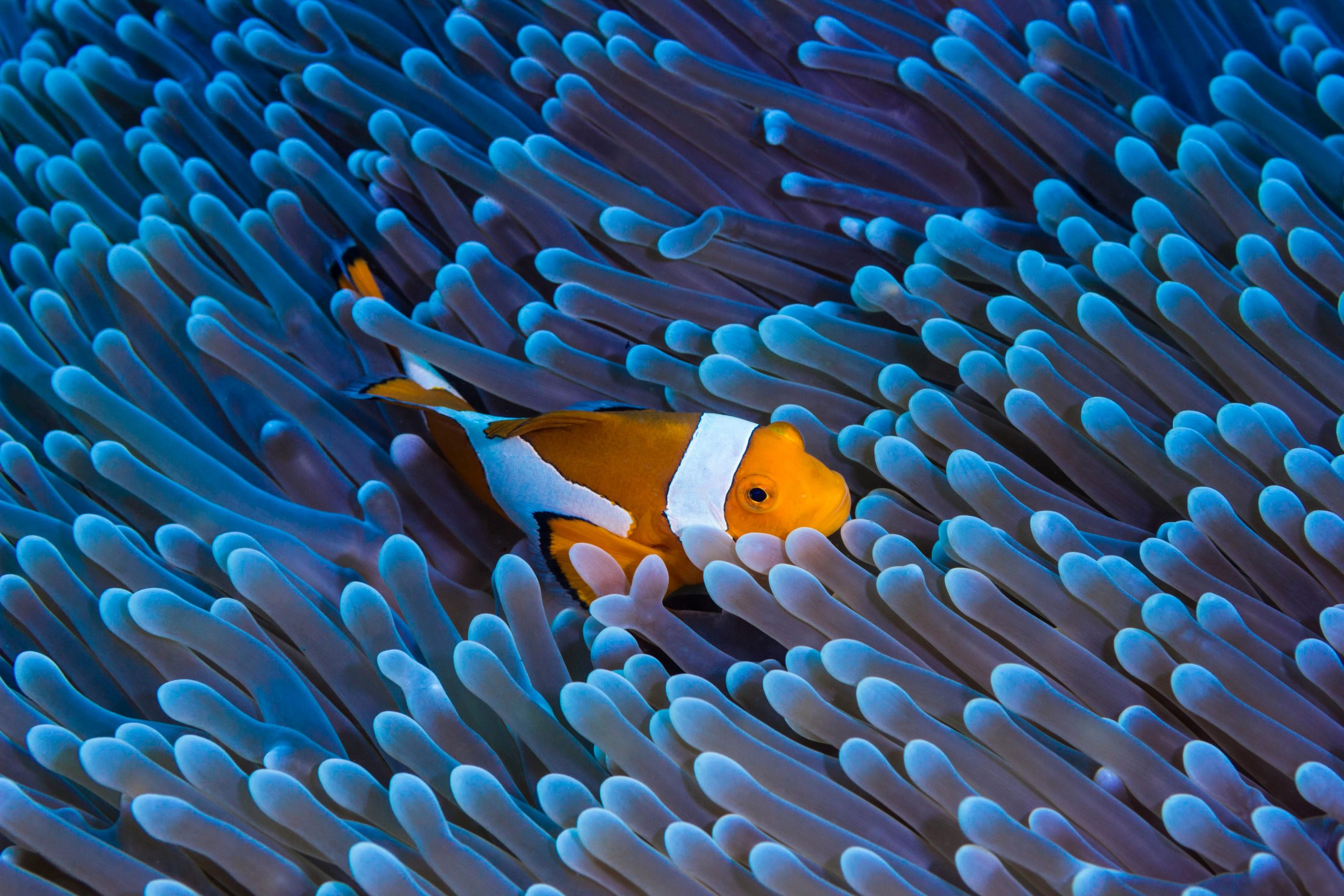

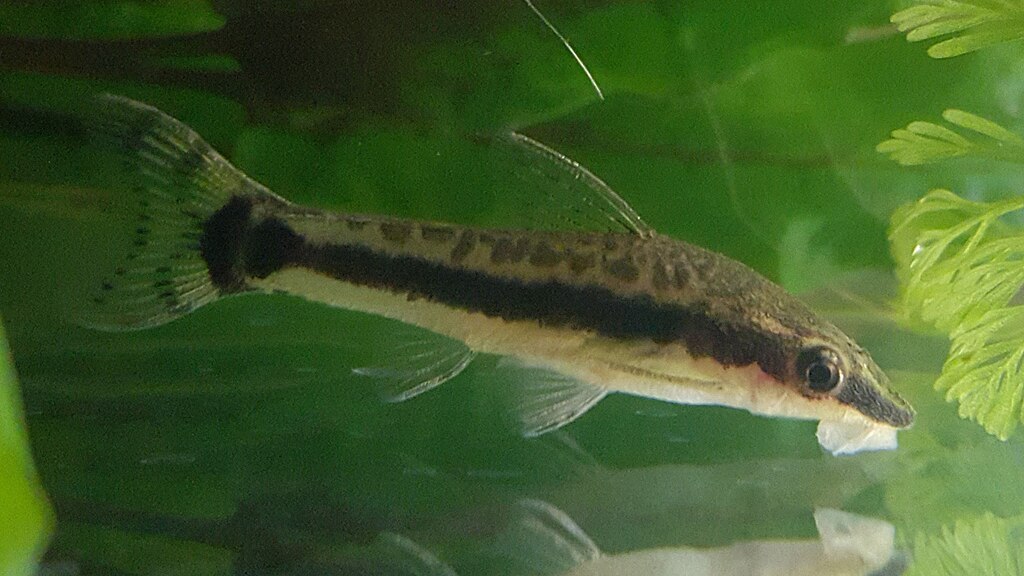

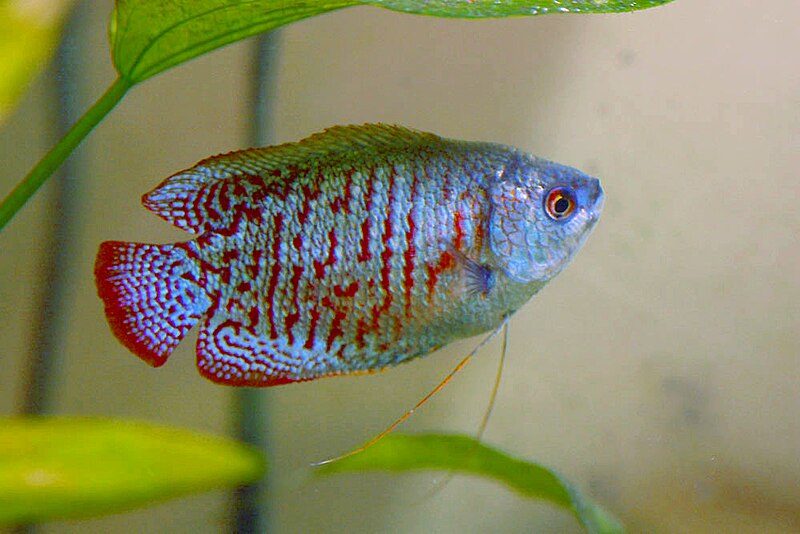

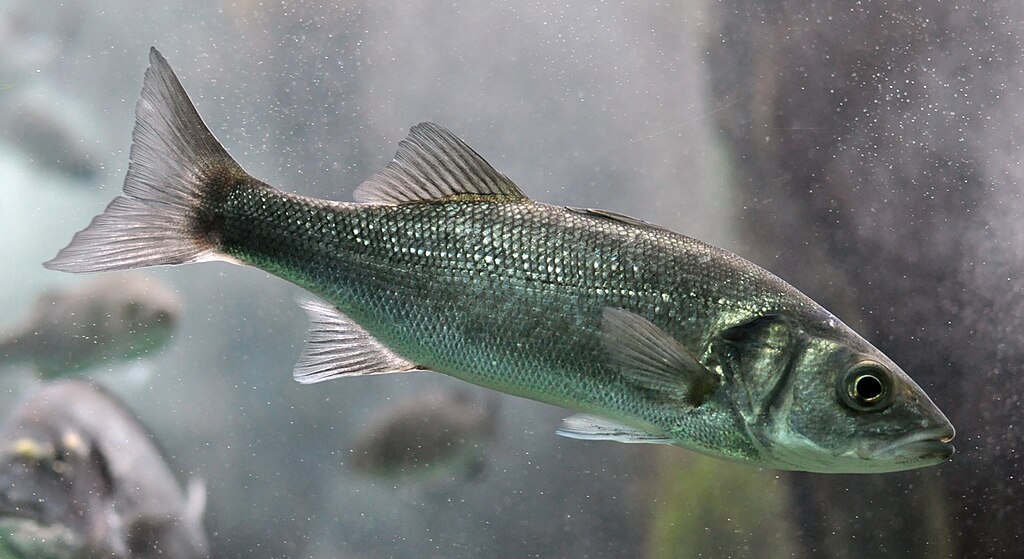
Leave a Reply